It’s the typical response.
You climb into a metal tube and jettison yourself from one society to another. Your brain gets fuzzy, you feel like a chunk of time is missing and then all of a sudden you are in a place where the language is different, the norms have shifted slightly and de repente, it becomes, “This is weird. This is different.”
I’m going to blame those “one of these things is different” puzzles we all endured as children, but it might be something more inate, this ability to point to what is different, to accept what is known and to reject nuances to the human experience as portrayed by those we see as different.
If there was one thing that I had my eyes opened to whilst abiding in Chile, it was the fact that the spectrum of human emotions does not change from one society to another. How we react, or what the outward response to those emotions is, is what creates the nuances and “differences” we see and put in place between the us and them.
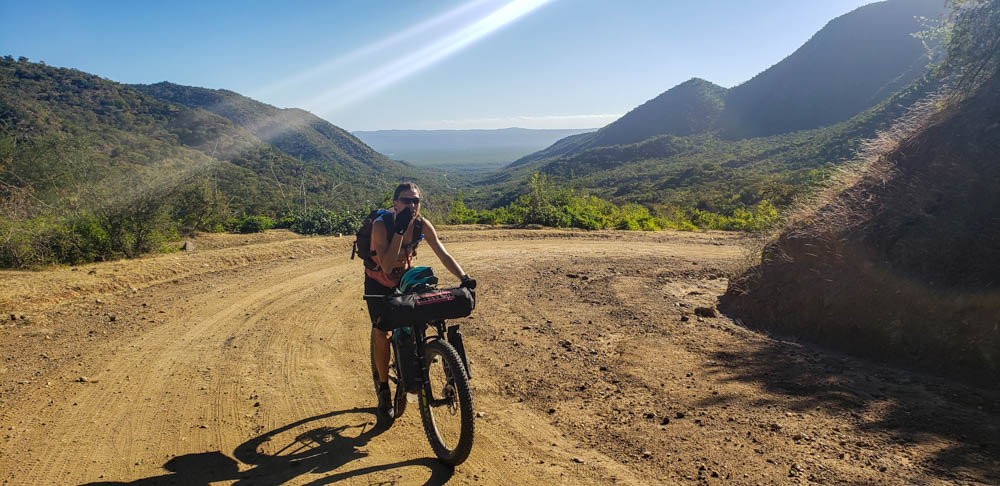
Is it safe?
In late December 2004, it was summer in Santiago. We were prepping for the ordinary and the unknown. The holidays were upon us, Christmas and the New Year. We were looking forward to the parties that started at midnight and would run into the morning. It also happened to be the same time that we were preparing to leave Chile. I would be returning home, to my desert and Veronica would be leaving her country for the first time.
When her brother asked about our flight plans and how that all looked, he was shocked and seriously concerned when he realized we would be landing in Las Vegas.
You see, much like the news we receive of other countries, it is usually only the bad news that makes it across nation’s borders. What he knew of Las Vegas was that there were casinos, strip clubs and murders. All the news that had reached Santiago was this, so this is what he knew and reasonably so, was concerned that we would be landing there. I assured him that I had spent lots of time in Las Vegas, that my parents would pick us up at the airport, much like he had picked me up in the one in Santiago and we would be ferried to God’s country, also known as Utah.
When we asked my mother-in-law if she could watch our puppies during our trip to Mexico, she kind of lost her mind. She was convinced that the “caravan” would be attacking us, kidnapping us and who knows what else. Once we assured her we would never be near the border, it became the banditos who would be hiding in the bushes. The news of Mexico that she had seen consisted of these two things. And she asked, “Is it safe?”
Truth be told, it is never “safe” to travel. Whether that means driving your car across town, riding your bike to work or flying to a foreign country. Safety is an illusion that has more to do with chance than our ability to control the unknown.
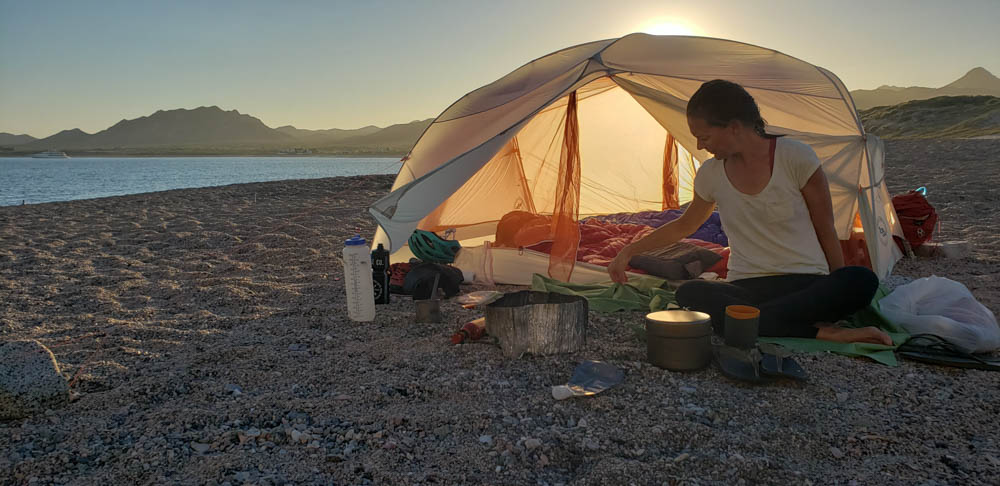
They live in cages
We rolled out of La Paz by bisecting the city to hit our route. This meant side streets and navigating traffic, cops handing out flyers and plenty of big streets. These streets are lined by sidewalks that are lined by walls and fences. On top of these fences are spikes, broken bottles embedded in the top of the concrete and other such methods of insuring that it would be difficult to get over that barrier.
It’s pretty easy to see these walls and to think this place isn’t “safe” or why are they so scared, what has caused them to build cages around the places they abide.
I’ve lived in these “cages.” My time in Chile was spent occupying homes that had fences and gates lining the perimeter. At first, it bothered me. There really wasn’t anything within the house that I was too worried about people taking, with the exception of my bikes, there just wasn’t anything of any real value. Seeing that I only rented while I was there, meant that there wasn’t much I could do about the situation, but this is what I learned.
After often questioning this practice, it became apparent that crime, or people literally climbing over these fences and cleaning out a house happened about as often as it did here. Which is to say, it did happen, but not that often. The fences were less a necessity and more a way of feeling secure. People work hard, they don’t want their stuff, however valuable or not, to wander off. It’s a standard human emotion. This is mine, I would like to keep it that way. These fences in Latin America are not any different than the deadbolts we put on our doors, the security cameras, systems, brick walls, double pain windows, safes, etc. That can be found in every one of our homes. We work hard for our shit and we don’t want it wandering off.
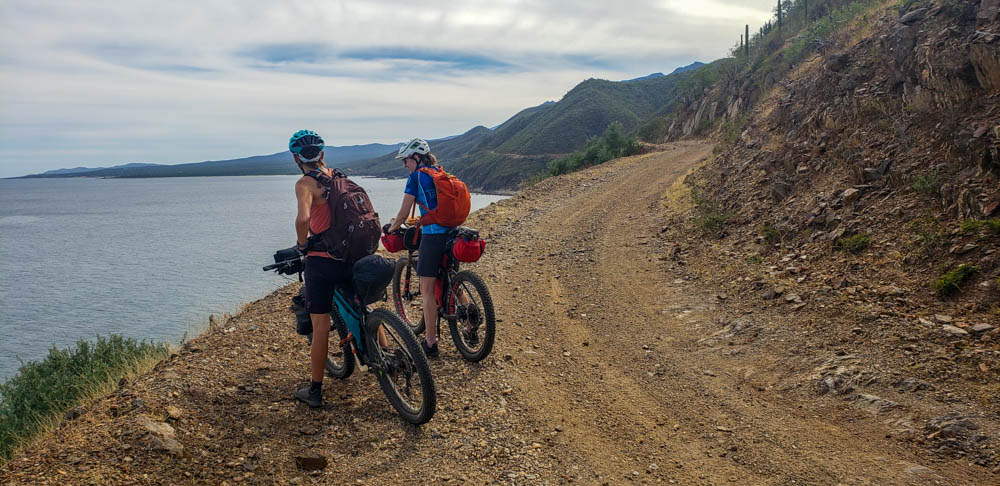
It’s so dirty
Last summer, Mama Bear decided she had enough of the litter lining the streets downtown. Being a solution minded person, she took it upon herself to organize a few group rides that consisted of riding around downtown with garbage bags and picking up trash. It didn’t take us long to fill several trash bags and lose most of the hope we had left in humanity. The fact is that people, when lumped together as a group kinda, well, really suck. For every 7 people who would never throw anything out there window, there still exist those 3 that have no issue with leaving garbage everywhere because someone else will clean it up.
Here in the good ole ‘merica, we have a pretty robust system for dealing with the waste that has become the reality of living in the modern age. Everything we buy, and lets be honest, we buy everything, comes packaged. We use the product inside and have to throw out the trash. That trash has to go somewhere. We hide it under our kitchen sinks before transporting it to bigger bins hanging out in our driveways. Then this big ass truck comes and takes it to its “final” resting place hidden far from most of our eyes so we don’t have to think about it ever again.
Everyone around the world has to deal with this trash in one way or another. When the system isn’t as robust or is non-existent, that packaging still needs to go somewhere. That somewhere ends up in fields, holes, pretty much anywhere that is easier or better than letting it pile up in the front room or inside the fence. Unfortunately, this means that the garbage is less hidden or not hidden at all.
Are they dirty people wallowing in their own filth? Nah. Not any more than we are. We are just better at hiding it.
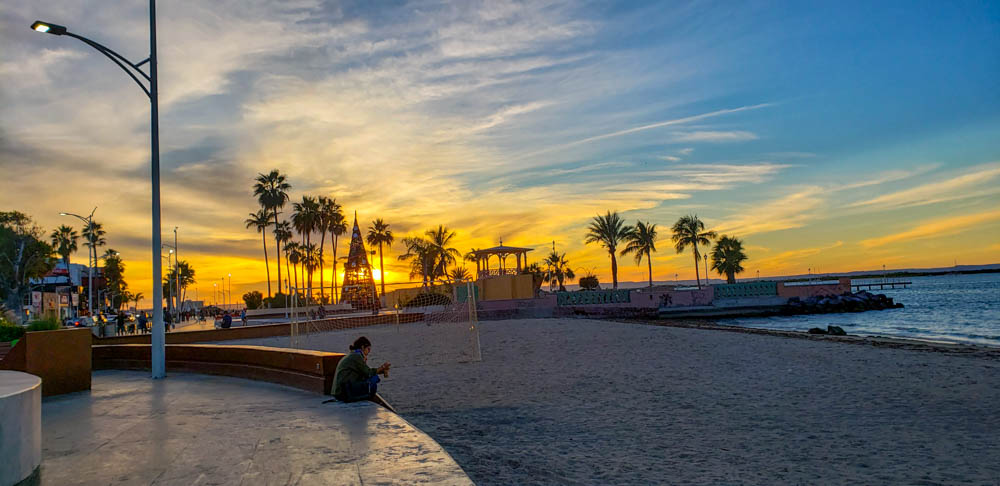
We are all the same
This last jaunt to Latin America reminded me of everything I love about it. The people are friendly, vibrant and usually willing to help out. The cities have a different flair to them. I love seeing the differences, the nuances of the human experience and how they deal with the same issues that we do. In the end, I love the reminder that we are all more alike than we often think. And it is my belief that the world can be a better place when we stop trying to see what is different and instead come together on the ways that we are the same.
Humans are humans. Lump them all together and you will have problems, it’s just statistics. If it wasn’t, we would be able to say that we are different, but the fact that humans are predictable is to say that we are all the same. We feel the same emotions, deal with the same issues and respond in similar ways. Pointing out the differences in the nuances of those responses doesn’t get us anywhere. It just divides.
And this world doesn’t need anymore divisions.
P. L. and R.


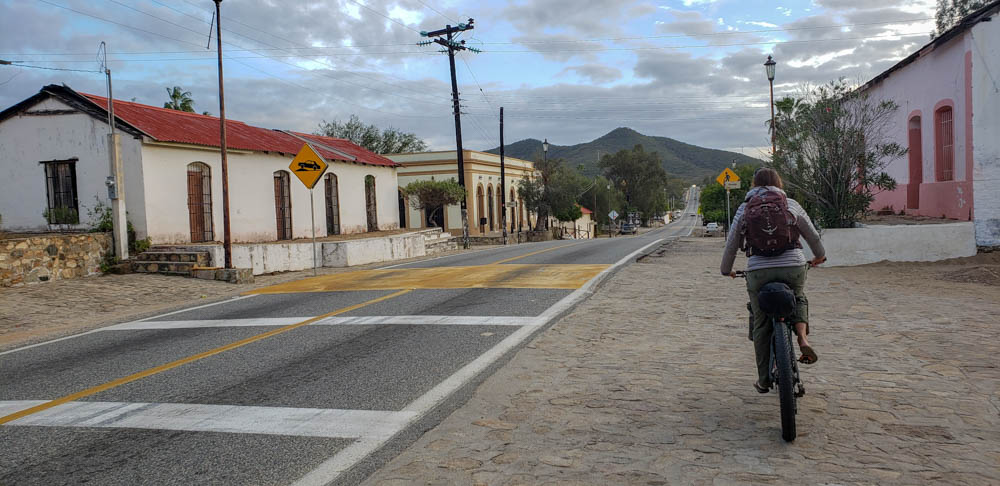
Well said my brother!
Just found your blog – what a great post! Well said, Lukas. All the best from Baja California, Dan